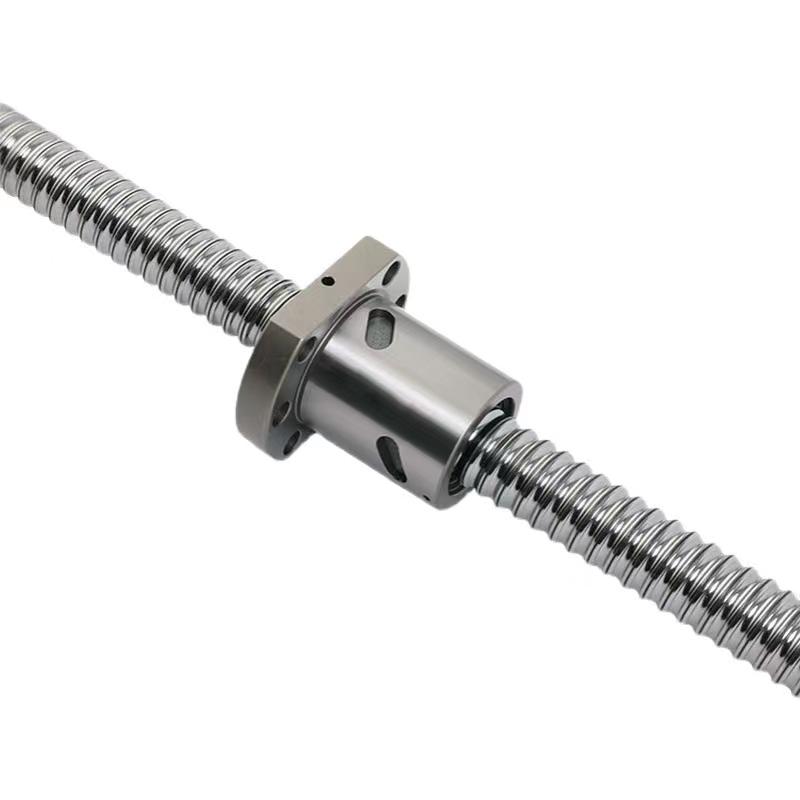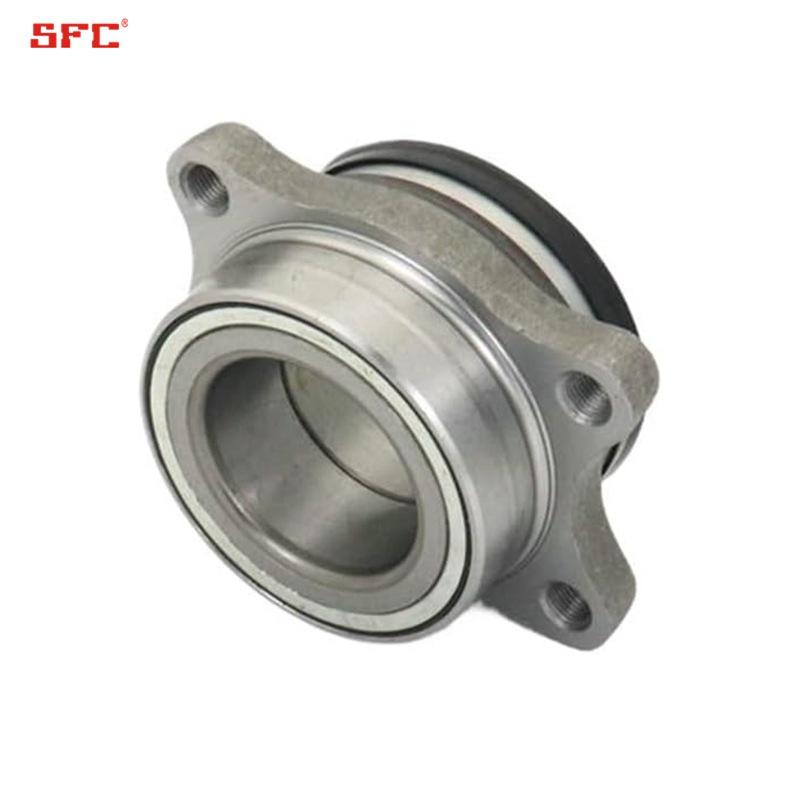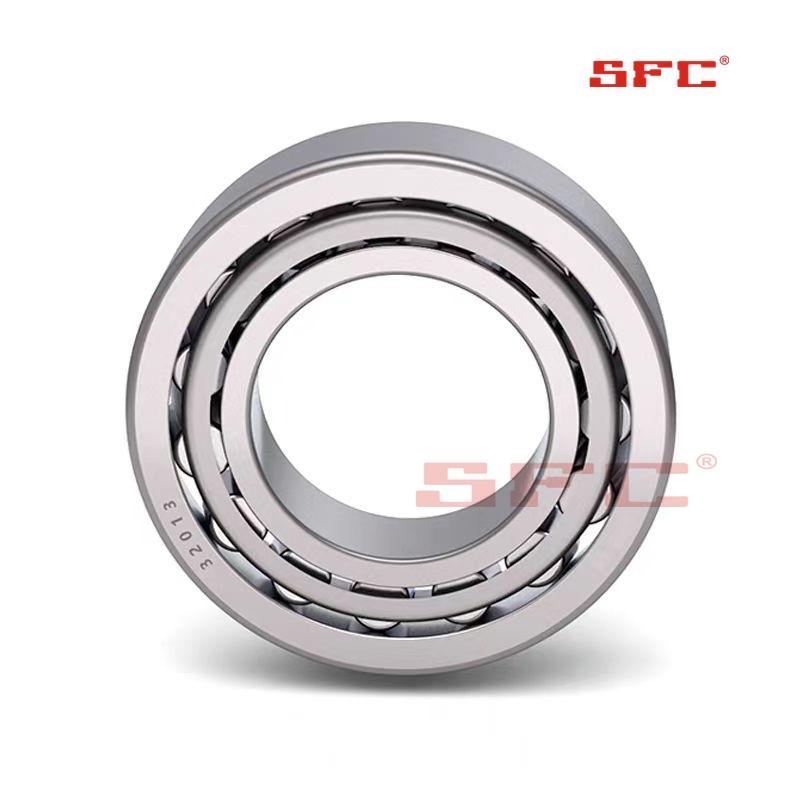Decrypt bearing steel-GCR15
In the drive systems of high-speed rotating motors, precision running machine tools, and even new energy vehicles, a name repeatedly appears: GCr15. Why can this seemingly ordinary steel become the "standard configuration" for global bearing manufacturing? The material logic behind it is far more than just the four words' high carbon, high chromium '.
The exquisite balance of formula: The core secret of GCr15, the golden partner of carbon and chromium, lies in its ingredient design - about 1.0% carbon and 1.5% chromium. The carbon content ensures high hardness (up to HRC62 or higher) after quenching, while chromium element not only improves hardenability, but also forms small and uniform carbides in the steel, significantly enhancing wear resistance and fatigue resistance. Under electron microscopy, it can be seen that the tempered martensite structure is dense and the carbide distribution is uniform, which is the key to stable performance.
In contrast, the Japanese standard SUJ2 is almost identical to the German DIN 100Cr6 in terms of principal components, but the control of trace elements is more stringent. For example, the sulfur and phosphorus content is lower, and the calcium treatment is more refined, thereby reducing impurities and improving purity. This also explains why high-end precision bearings still rely on imported steel.
2. Extreme test: dual challenges of lifespan and corrosion resistance
In the fatigue test of millions of alternating loads, the S-N curve of GCr15 bearing steel is significantly better than that of ordinary carbon steel (such as 45 steel), and the service life can be increased by more than 5 times. This means that under the same operating conditions, the equipment failure rate significantly decreases and the maintenance cycle is significantly extended.
In the salt spray test, GCr15 showed stronger corrosion resistance. After 72 hours of exposure, the surface only showed slight discoloration, while ordinary steel had already developed large areas of rust spots. Its corrosion resistance is about 3-4 times that of carbon steel, which is crucial for harsh working conditions such as humidity and dust.
3. Market chaos: the "material theft" trap behind low prices
With the surge in demand, some small factories have added a large amount of scrap steel to bearing steel in order to reduce costs, resulting in significant fluctuations in composition and an increase in inclusions. Moreover, products labeled as "high carbon chromium bearing steel" have a measured chromium content of less than 1%, which seriously deviates from the standard and directly affects the hardness gradient and fatigue strength.
How to identify? Professional methods include spark identification - GCr15 has a thin spark beam, fewer streamline lines, and clear branching of sparks; However, low-quality steel sparks are disordered and the explosion is weak. A more reliable method is hardness gradient detection. High quality steel has a small difference in hardness from the surface to the core, while inferior products are prone to "soft core" phenomenon, making them highly susceptible to early failure.
Conclusion:
The success of GCr15 is a perfect combination of materials science and industrial production. It is not the strongest steel in terms of performance, but it represents the best balance between cost-effectiveness, processability, and reliability. In the global bearing industry chain, mastering the stable supply and precise control of this "basic material" is the cornerstone of truly building competitiveness. In the future, with the development of technologies such as ultra pure smelting and microalloying, the "genes" of GCr15 will continue to evolve to support higher end manufacturing demands.




